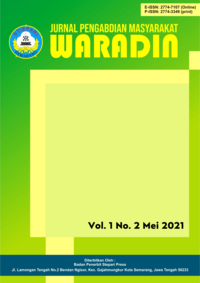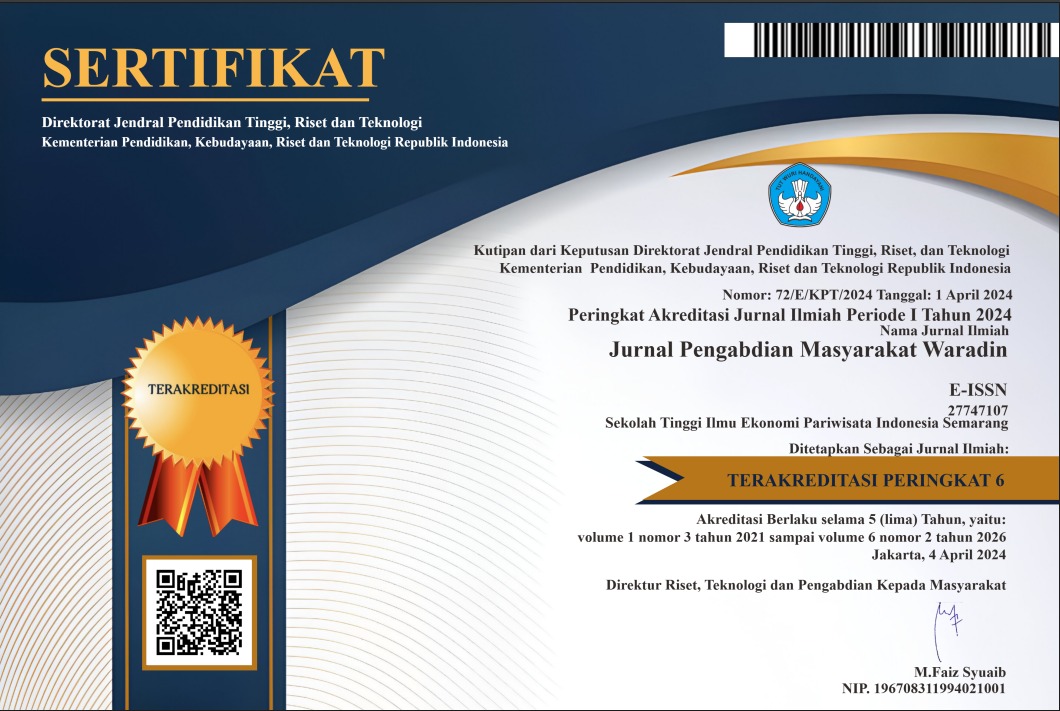PENERAPAN METODE DAN APLIKASI STATISTIK (SPSS dan Excel) UNTUK MENINGKATKAN MOTIVASI GURU DALAM PENELITIAN DAN PUBLIKASI ILMIAH
DOI:
https://doi.org/10.56910/wrd.v1i2.184Keywords:
Statistics, SPSS, Excel, PublicationsAbstract
The development of computers in the current era can help teachers improve human resources (HR), especially in the field of education. SPSS and Excel are statistical applications that can process teacher research data such as education management data and classroom action research data and so on. This community service (PKM) is carried out in the form of statistical application training (SPSS and Excel) as well as writing techniques and publication of scientific articles. Participants in this activity consisted of 21 teachers and employees of the Muhammadiyah Mamala High School in Central Maluku. The conclusion obtained in this activity is that activities that have been carried out in the form of training are considered very good (99%). All material that has been planned can be delivered, although due to time constraints there are some materials that are only presented in an outline. The participants' ability in mastering the material was considered very
1Jurusan Matematika FMIPA Universitas Pattimura, Ambon-Maluku
good (98%). This is based on the teacher's ability in training and trials in the form of classroom action research data processing using Excel and SPSS applications. In addition, from the results of the training given to the participants, it was found that all the training participants perfectly mastered the tasks given in the training.







